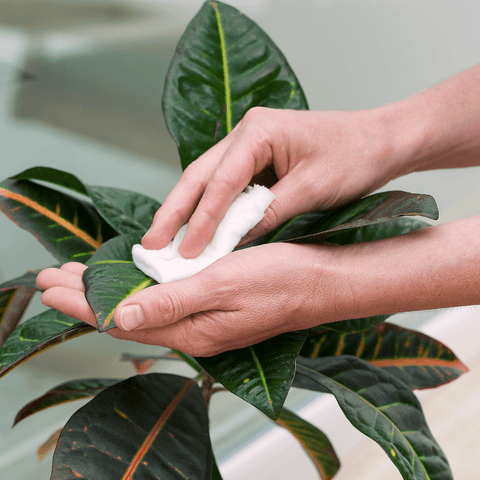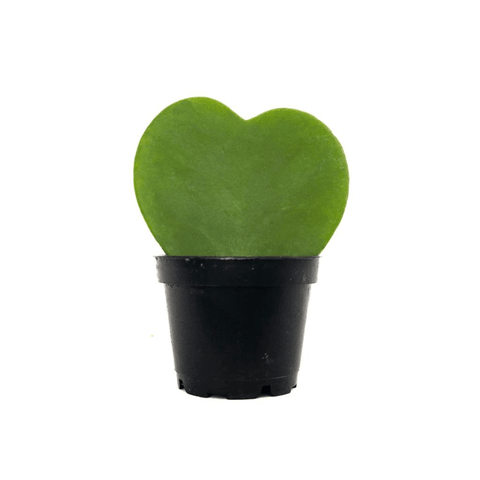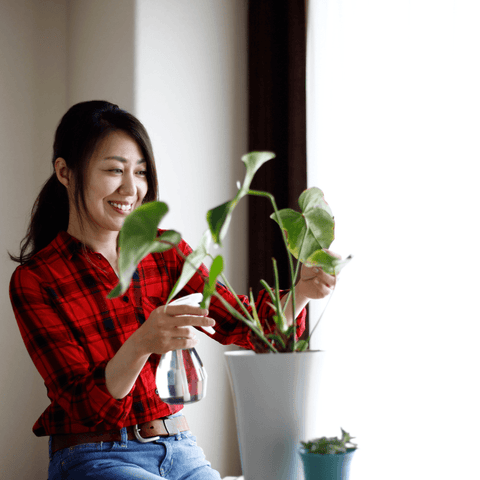
How often should I water my plants?
One of the most common questions we get asked is how often to water a plant, but the answer will vary depending on a range of different factors, such as temperature, humidity, light, and the particular species. To determine the right watering routine for your plant, it's important to understand your environment. For example, if your plant is in a warm and brightly-lit area, you'll find that the soil dries out faster and you'll need to water more regularly. On the other hand, if your plant is in a more humid area like a bathroom, the soil will retain moisture better and you won't need to water as often. If you move your plant to a different space with different lighting and humidity, such as a south-facing window, you'll need to adjust your watering routine accordingly. To help stay on track and make sure your plant is getting enough water, keep a watering schedule or use a moisture meter as a helpful tool. Finally, when bringing home a new plant, it's important to do research to determine the best care routine based on your home environment.
Why are my plant’s leaves turning yellow/dropping?
When it comes to troubleshooting plant care, there's no one-size-fits-all solution. If you're seeing yellowing or dropping leaves, there are a few things to consider. Discoloration can be caused by various issues, but the most common culprit is insufficient lighting. If a plant isn't getting enough light, it'll start disposing of its older leaves and recycling nutrients as new growth heads towards a brighter spot. Some plants like alocasia and aglaonema may just be going through a natural leaf turnover process - in this case, trim the discolored leaves and try moving your plant to a brighter area.
Does my plant need to be in a pot with drainage?
No, we do not recommend planters without drainage. If there is no way for the water to escape, there is a risk that standing water will accumulate in the planter and lead to root rot. Some plants with higher moisture demands may be able to tolerate pots without drainage, however, having a drainage hole at the bottom of the pot is always beneficial in preventing these issues.
Do I need to mist my plants?
Do you often hear that misting your plants increases the humidity in your home? While it's true that misting can raise humidity levels for a short period, it's important to remember that standing water on foliage without proper airflow can be damaging. However, misting can be a great way to keep your plant's leaves free of dust and debris. If you're struggling to balance underwatering and overwatering, consider using misting as an alternative. Still unsure? Read on to find out more information!
How do I maintain humidity indoors?
If you're looking to increase the ambient humidity for your beloved houseplants, there are a few solutions. The simplest one is to add more plants to your collection! Grouping plants together creates a micro-biome that helps to maintain higher humidity. If you only have one or two high-humidity-loving plants, try placing them on a shallow tray filled with pebbles and water. The evaporating water will raise the humidity around your plant. However, if you're looking for something more reliable, the best way to raise humidity is to invest in a quality humidifier.





Comments (0)
There are no comments for this article. Be the first one to leave a message!